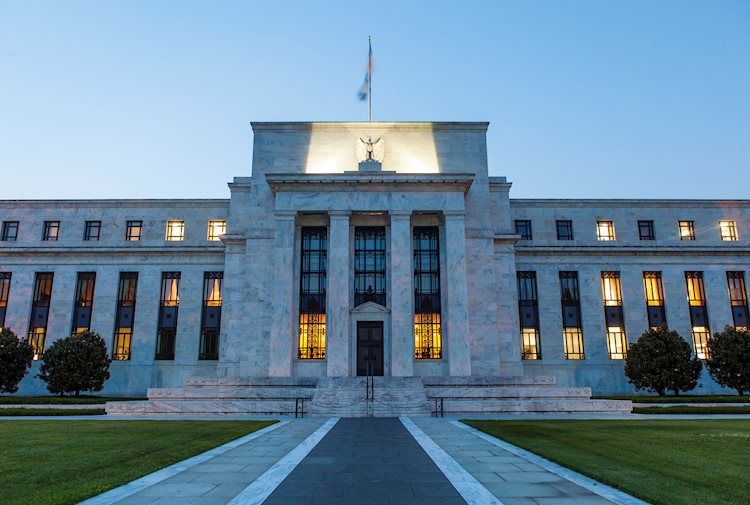The President of the Federal Reserve Bank of Atlanta, Bostic, recently stated that the inflation path will be bumpy, with the general trend for inflation moving downward. He mentioned that the path to achieving a 2% inflation rate is not guaranteed, and while the job market is tight, it is not as tight as before. Despite significant price gains, Bostic believes that less inflation breadth could increase confidence for a rate cut.
In response to Bostic’s comments, the US Dollar Index (DXY) was trading slightly higher on the day at 105.14. The market reaction suggests that investors are closely monitoring any potential changes in interest rates or monetary policy from the Federal Reserve.
Monetary policy in the United States is overseen by the Federal Reserve, which has dual mandates of achieving price stability and fostering full employment. The primary tool used by the Fed to influence these goals is adjusting interest rates. When inflation exceeds the target rate of 2%, the Fed raises interest rates, which can lead to a stronger US Dollar. Conversely, if inflation falls below target or unemployment is high, the Fed may lower interest rates to stimulate borrowing and weaken the Greenback.
The Federal Reserve meets eight times a year to evaluate economic conditions and formulate monetary policy decisions. The Federal Open Market Committee (FOMC) consists of twelve Fed officials, including seven members of the Board of Governors, the president of the Federal Reserve Bank of New York, and four regional Reserve Bank presidents serving on a rotating basis. These meetings are crucial in determining the direction of interest rates and overall monetary policy in the US.
During times of crisis or when inflation is exceptionally low, the Federal Reserve may implement Quantitative Easing (QE) as an unconventional policy measure. QE involves increasing the flow of credit in the financial system by printing more currency and purchasing high-grade bonds. This policy was prominently used during the Great Financial Crisis in 2008, with the aim of boosting economic activity. Typically, QE leads to a weaker US Dollar as the increased money supply dilutes its value.
Conversely, Quantitative Tightening (QT) is the opposite approach to QE, where the Federal Reserve reduces its bond purchases and does not reinvest the proceeds from maturing bonds. QT is usually positive for the value of the US Dollar, as it tightens credit conditions and reduces the money supply. Both QE and QT are tools that the Federal Reserve can employ in response to economic conditions and financial stability.











